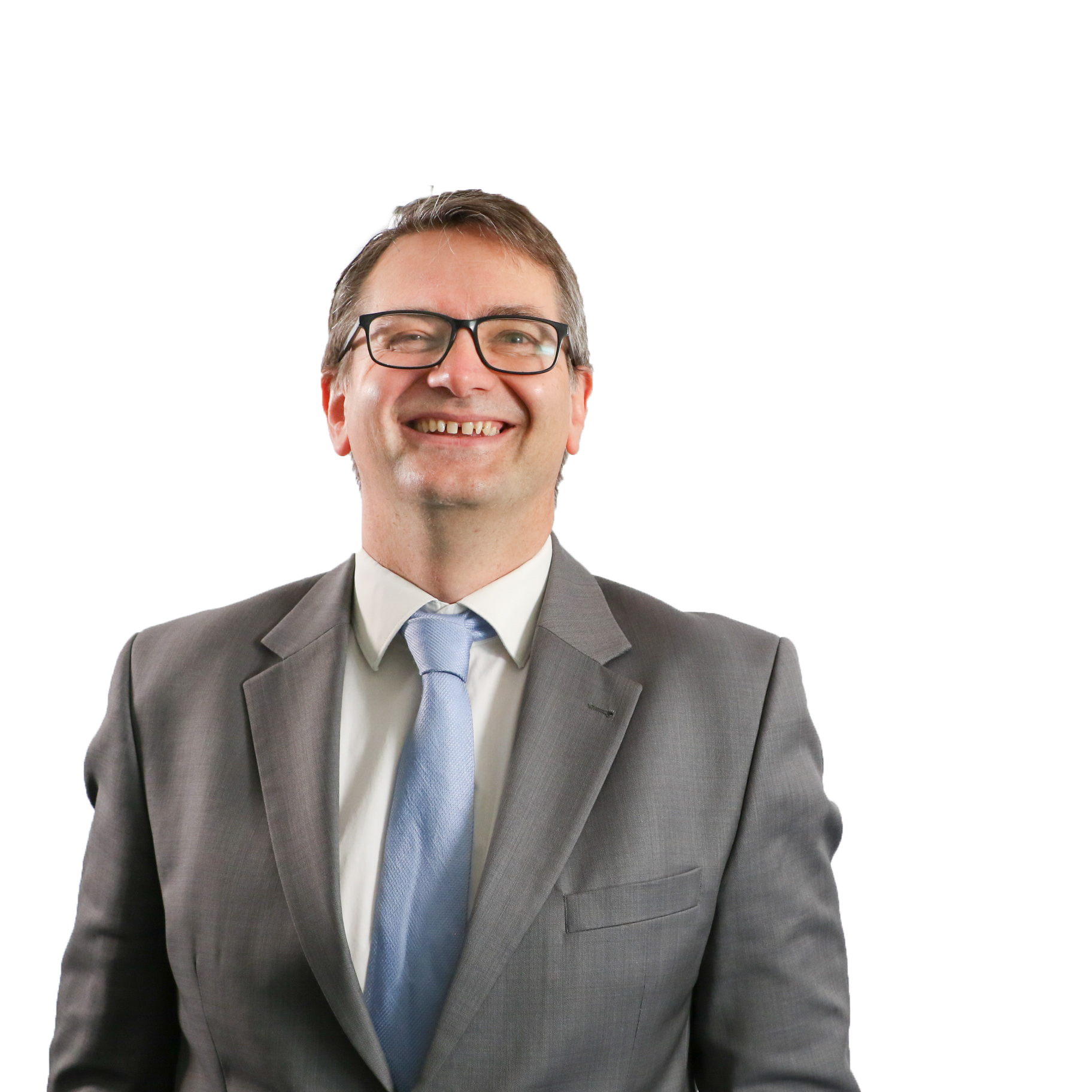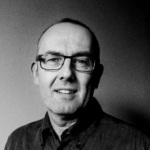Project Description
Special Interest Group Meeting: Micro/Nano Manufacturing
17th – 18th November 2021, (Virtual)
Micro/Nano Manufacturing
17th – 18th November 2021, (Virtual)
euspen’s Special Interest Group Meeting on Micro/Nano Manufacturing was planned to be held at Technopark Raaba in Austria. In light of the COVID-19 pandemic, it has been decided to deliver this meeting as a “virtual online web-meeting”, to ensure the participants remain safely connected.
Micro- and nano-scale manufacturing has been the subject of research and industrial focus over the past 25 years. Lithography-based technology forms the basis of micro-electro-mechanical systems (MEMS) manufacturing, but precision manufacturing technologies have also been developed to cover micro-scale dimensions and accuracies.
These fundamentally different technologies are combined in order to exploit their strengths. One example is the use of lithography-based technologies to establish nanostructures that are subsequently transferred to 3D geometries via injection moulding. Another could be micro-scale additive manufacturing combined with precision subtractive finishing.
Manufacturing processes at the micro-scale are the key enabling technologies to bridge the gap between the nano- and the macro-worlds to increase the accuracy of micro/nano-precision production technologies, and to integrate different dimensional scales in to mass-manufacturing processes. Accordingly, the Special Interest Group Workshop on Micro/Nano Manufacturing will focus on novel methodological developments in micro- and nano-scale manufacturing, i.e., on novel process chains including process optimisation, quality assurance approaches and metrology.
The workshop will host keynotes and several presentations and posters covering the latest developments and research on this increasingly important topic. The workshop will also host a training seminar covering aspects of micro/nano manufacturing in practice.
Themes :
| · Micro & Nano Manufacturing Technologies & Applications | · Machining Technologies for Moulds & Microparts | · Metrology & Quality Control for Microparts |
| · Micro Replication & Additive Techniques | · Assembly & Handling |
The local hosts and organising committee supporting euspen for this Special Interest Group meeting on Micro/Nano Manufacturing are: Dr Oltmann Riemer from LFM (Bremen), DE; Andreas Kuchler from Ametek GmbH, DE; Franz Helmli from Bruker Alicona, AU; Associate Prof. Guido Tosello from Technical University of Denmark and Prof. Richard Leach from The University of Nottingham, UK.
This event is virtually supported by our local host:
Key Dates:
31st August 2021 : Online abstract submission deadline
2nd August 2021 : Delegate Registration Opens
13th September 2021 : Notification of presentation acceptance (oral/poster)
Registration Fees:
- €95+VAT – euspen Student Member
- €195+VAT – euspen Member
- €295+VAT – Non-euspen member
- €375+VAT – Exhibitor
All speakers and presenters must register for the conference using the appropriate delegate fee.
Registration
The Special Interest Group meeting on Micro/Nano Manufacturing will take place as a virtual meeting.
Select Delegate Registration Form A if either of the following applies:
- You are a private individual based within the UK or Europe (i.e. your registration fee is not being paid by an organisation you are affiliated to)
- You are an organisation based within the UK
- You are representing a European company that is not VAT/IVA registered
Notes:
- This form will apply VAT according to your own Country (UK or European). Please note your VAT rate will be correctly applied once you have selected your country from the billing information screen.
- During busy periods it takes a little time for the form to load. Please be patient.
Select Delegate Registration Form B if either of the following applies:
- You are representing an organisation which is VAT registered in an EU country and you are able to provide your VAT/IVA registration number. The VAT/IVA number must be applied to your registration form
- You are representing a business outside Europe
If you wish to only attend the tutorial, please email info@euspen.eu with the following information: Name of Delegate attending the tutorial and the name of the tutorial you would like to attend. An invoice will be issued to your separately and we will add your information to the registration list.
Submit a short abstract for Micro/Nano Manufacturing 2021
We are delighted to bring together leading expertise globally to an open forum for
focused presentations and discussions on Micro/Nano Manufacturing
Announcement & Call for Abstracts
Come and join your international peers and maintain a leading edge on technology, customers, partners and suppliers. Access the greatest minds in micro and nano research and development. Share knowledge and information and stimulate debates.
Themes
- Micro & Nano Manufacturing Technologies & Applications
- Micro Replication & Additive Techniques
- Machining Technologies for Moulds & Microparts
- Assembly & Handling
- Metrology & Quality Control for Microparts
Submission of abstracts
Abstracts are expected to describe original work, previously unpublished and should indicate new and significant advances and their importance. Initially short abstracts comprising of approx. 300 words in length should be submitted online using the below links.
Following review a review of submitted abstracts, authors will be notified of acceptance of presentation mode (poster/oral) no later than 13th September 2021.
The invitation to submit an abstract does not constitute an offer to pay travel, accommodation or registration costs associated with the conference. Similarly, no speaker fee is paid to successful participants. All speakers must register for the conference and transfer registration fee. In specific cases the organising committee reserves the right to deviate from the standard procedure.
Submission deadline: 31st August 2021
Keynotes & SOTAs:

Dipl. Ing. Franz Helmli
Bruker Alicona, AT
Overcoming some of the limitation in optical coordinate metrology
Today, coordinate metrology is indispensable in micro- and nanomanufacturing either in research or directly in the production. Both the surface texture and shape of objects have a decisive influence on their application, functionality and efficiency. Even small geometrical deviations, where the dimension lie within very small tolerance ranges, may have a major impact on the functionality of an object. Tactile coordinate metrology still dominates the market in production metrology because of its ability to quickly measure lateral distances, but optical methods struggle with this simple task. In this talk, the next generation of focus variation – vertical focus probing – is presented, which decreases the gap between tactile and optical coordinate metrology by the measurement of vertical structures by a method called optical lateral probing. An insight into the technology and its application in optical micro coordinate metrology is given. Since the technology is not yet well known, its limitations are discussed in detail. The open issues with the technology in terms of standardisation are also presented.
Agenda
1. Motivation
2. Vertical Focus Probing
a. Next generation of Focus Variation – Vertical Focus Probing
b. Advantages in speed and accuracy
c. Limitations
d. Applications for micro-/nano manufacturing
3. Standardization
a. Relevant standards
b. Possibilities & limitations
4. Conclusion and Outlook
Biography
Franz Helmli is the head of the research and development department at Bruker Alicona. In 2001 he received his master’s degree in technical mathematics from Graz University of technology where he concentrated on mathematics and computer vision. After his studies he started his career at Bruker Alicona and has been a member of the company since its foundation in 2001.
If there is such a thing as a metrology footprint, Franz has left it as R&D manager in all 3D optical form and roughness measurement systems that Bruker Alicona has launched in the last 20 years. His current research focus is not only on the development of new optical measurement systems but also on the further development of the focus variation technology in relation to optical coordinate metrology.
He is also a standardization expert and as such he is active in international standardization. His activities include, for example, participation in ISO/TC 213 (Geometrical Product Specifications and Verification) and his function as vice head of the VDI/VDE-GEMA technical committee 3.64, which, among other things, develops new standards for measurement and evaluation of edges and radii.

Dr Ulrich Neuschaefer-Rube
Physikalisch-Technische Bundesanstalt, DE
Recent developments in standardized testing of optical coordinate measuring systems
The presentation will give an overview of the standardised testing of optical coordinate measuring systems. After an introduction describing the structure of the relevant German and international standardisation committees, the general principles of acceptance and reverification testing in coordinate metrology will be described. After that, the relevant international ISO standards (e.g. ISO 10360) and German VDI/VDE guidelines (e.g. VDI/VDE 2617) will be explained with a focus on measurements of small geometries. There were some new developments in the recent past. Finally, the presentation will give an outlook to expected future developments. These include the topics of metrological structural resolution and modified definition of length measurement error.
Biography
Ulrich Neuschaefer-Rube has been head of the working group “Multisensor coordinate metrology” at the Physikalisch-Technische Bundesanstalt (PTB), the National Metrology Institute (NMI) in Germany, since 2003. He is head of the German standardisation committee VDI/VDE-GMA 3.31 / DIN/NA 152-03-02-12 GUA KMT “Coordinate metrology” responsible for the VDI/VDE 2617 series of guidelines and member of the ISO committee ISO TC213 WG10 “Coordinate measuring machines” responsible for the ISO 10360 and ISO 15530 series of standards. His main working areas are optical coordinate metrology, industrial computed tomography and multi-sensor data fusion.

Paul Blair
PowerPhotonic Ltd, UK
Fabrication of freeform optic
Biography
Paul Blair is Head of Technology at PowerPhotonic Ltd, leading the company’s strategy in the acquisition of new technology, through internal development or external acquisition. In 1996 he received his PhD from Heriot Watt University, where he worked on the application of diffractive optics to optical computing, laser machining and metrology. Paul is a veteran of the telecommunications and optical components industry and has been involved with a number of successful high technology startups. He joined new telecom company Kymata Ltd in 2000, leading to the creation of a new enterprise in the hybrid integration of active and passive modules for optical communications. Paul joined PowerPhotonic in 2014.
Session keynotes:
Andrew Cox
Contour Fine Tooling, UK
Diamond machining assisted with Laser, Ultra-Sonic and FIB
Dr Ralf Dupont
Levicron, DE
Genetic code and population based multi objective optimization applied to spindle design
The optimization of design parameters of spindles is an n-dimensional problem with X input parameters and Y target parameters. The resulting system of equations is highly non-linear and generally cannot be solved or optimized. However, a population with possible (non-optimal) optimization methods can easily be generated. With genetic inheritance of the design parameters or mutation of the individual population members, the effects on the target parameters can be assessed, a tendency can be developed and thus optimized towards local optima. This then gives the designer the opportunity to weight subsequent properties (target parameters). The solutions resulting from the optimization are then always optimal for individual weighting (decision matrix).

